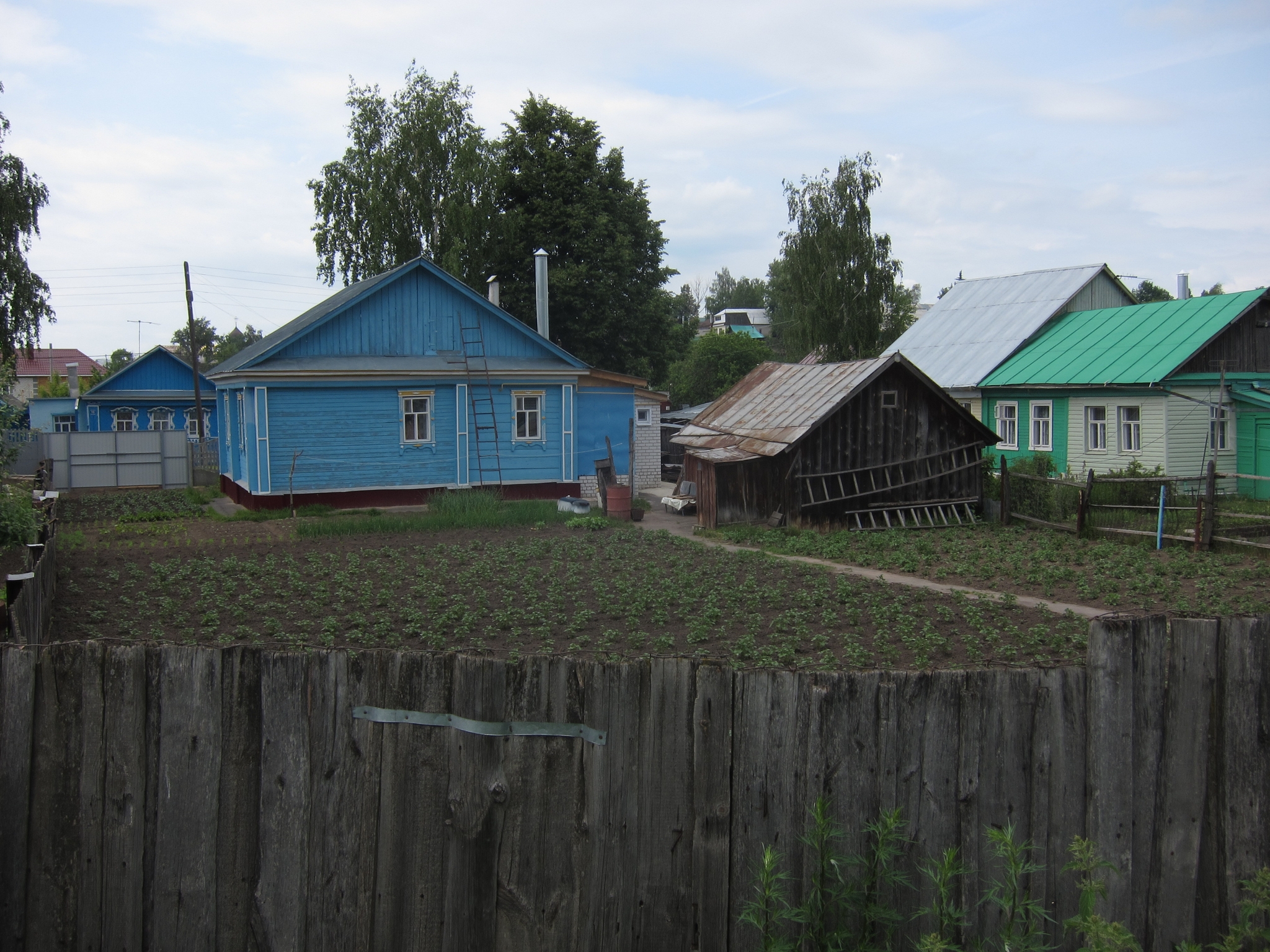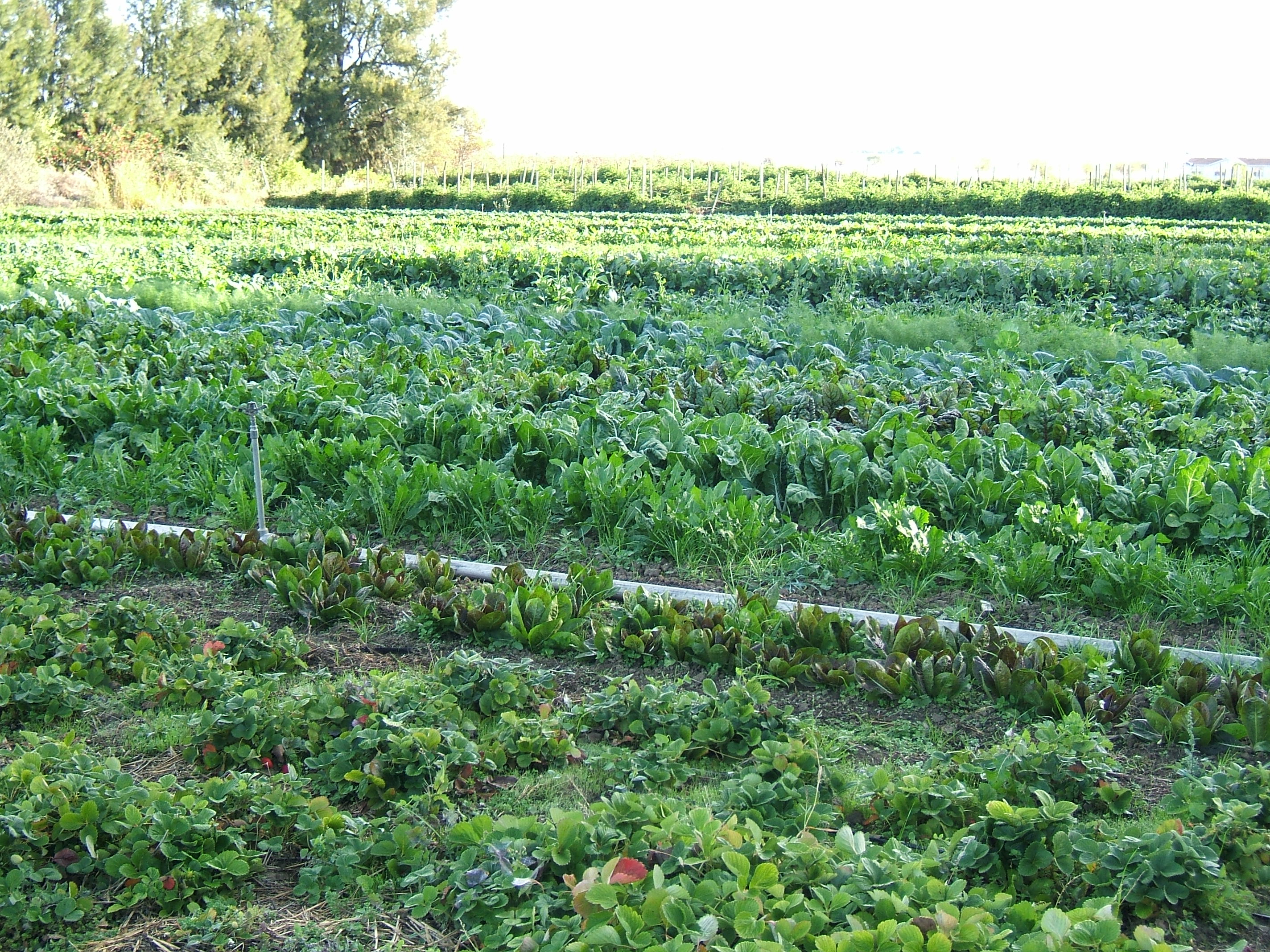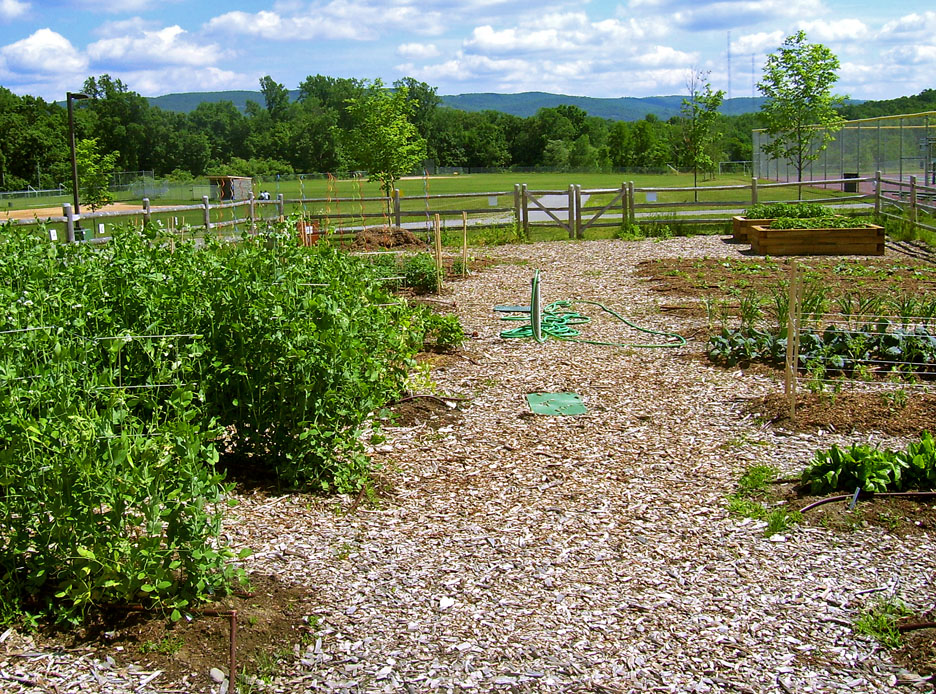|
Olericulture
Olericulture (from ) is the science of vegetable growing, dealing with the culture of non-woody (herbaceous) plants for food. Olericulture is the production of plants for use of the edible parts. Vegetable crops can be classified into nine major categories: * Potherbs and greens – spinach and collards * Salad crops – lettuce, celery * Cole crops – cabbage and cauliflower * Root crops (tubers) – potatoes, beets, carrots, radishes * Bulb crops – onions, leeks * Legumes – beans, peas * Cucurbits – melons, squash, cucumber * Solanaceous crops – tomatoes, peppers, potatoes * Sweet corn Olericulture deals with the production, storage, processing and marketing of vegetables. It encompasses crop establishment, including cultivar selection, seedbed preparation and establishment of vegetable crops by seed and transplants. It also includes maintenance and care of vegetable crops as well commercial and non-traditional vegetable crop production including organi ... [...More Info...] [...Related Items...] OR: [Wikipedia] [Google] [Baidu] |
Tropical Horticulture
185px, rubber tree (''Hevea brasiliensis''), and a bucket of collected latex Tropical horticulture is a branch of horticulture that studies and cultivates plants in the tropics, i.e., the Equatorial climate, equatorial regions of the world. The field is sometimes known by the portmanteau "TropHort". Overview Tropical horticulture includes plants such as perennial woody plants (arboriculture), ornamentals (floriculture), vegetables ( olericulture), and fruits (pomology) including grapes (viticulture). The origin of many of these crops is not in the tropics but in temperate zones. Their adoption to tropical climatic conditions is an objective of breeding. Many important crops, however, are indigenous to the tropics. The latter embrace perennial crops such as oil palm, vegetables including okra, field crops such as rice and sugarcane, and particularly fruits including pineapple, banana, papaya, and mango. Since the tropics represent 36 percent of the Earth's surface and 20 percen ... [...More Info...] [...Related Items...] OR: [Wikipedia] [Google] [Baidu] |
Pomology
Pomology (from Latin , "fruit", + , "study") is a branch of botany that studies fruits and their cultivation. Someone who researches and practices the science of pomology is called a pomologist. The term fruticulture (from Latin , "fruit", + , "care") is also used to describe the agricultural practice of growing fruits in orchards. Pomological research is mainly focused on the development, enhancement, cultivation, and physiological studies of fruit trees. The goals of fruit tree improvement include enhancement of fruit quality, regulation of production periods, and reduction of production costs. History Middle East In ancient Mesopotamia, pomology was practiced by the Sumerians, who are known to have grown various types of fruit, including dates, grapes, apples, melons, and figs. While the first fruits cultivated by the Egyptians were likely indigenous, such as the palm date and sorghum, more fruits were introduced as other cultural influences were introduced. Grapes and wa ... [...More Info...] [...Related Items...] OR: [Wikipedia] [Google] [Baidu] |
Cultivar
A cultivar is a kind of Horticulture, cultivated plant that people have selected for desired phenotypic trait, traits and which retains those traits when Plant propagation, propagated. Methods used to propagate cultivars include division, root and stem cuttings, offsets, grafting, micropropagation, tissue culture, or carefully controlled seed production. Most cultivars arise from deliberate human genetic engineering, manipulation, but some originate from wild plants that have distinctive characteristics. Cultivar names are chosen according to rules of the International Code of Nomenclature for Cultivated Plants (ICNCP), and not all cultivated plants qualify as cultivars. Horticulturists generally believe the word ''cultivar''''Cultivar'' () has two meanings, as explained in ''#Formal definition, Formal definition'': it is a classification category and a taxonomic unit within the category. When referring to a taxon, the word does not apply to an individual plant but to all plants t ... [...More Info...] [...Related Items...] OR: [Wikipedia] [Google] [Baidu] |
Vegetables
Vegetables are edible parts of plants that are consumed by humans or other animals as food. This original meaning is still commonly used, and is applied to plants collectively to refer to all edible plant matter, including flowers, fruits, stems, leaves, roots, and seeds. An alternative definition is applied somewhat arbitrarily, often by culinary and cultural tradition; it may include savoury fruits such as tomatoes and courgettes, flowers such as broccoli, and seeds such as pulses, but exclude foods derived from some plants that are fruits, flowers, nuts, and cereal grains. Originally, vegetables were collected from the wild by hunter-gatherers and entered cultivation in several parts of the world, probably during the period 10,000 BC to 7,000 BC, when a new agricultural way of life developed. At first, plants that grew locally were cultivated, but as time went on, trade brought common and exotic crops from elsewhere to add to domestic types. Nowadays, most ... [...More Info...] [...Related Items...] OR: [Wikipedia] [Google] [Baidu] |
Horticulture
Horticulture (from ) is the art and science of growing fruits, vegetables, flowers, trees, shrubs and ornamental plants. Horticulture is commonly associated with the more professional and technical aspects of plant cultivation on a smaller and more controlled scale than agronomy. There are various divisions of horticulture because plants are grown for a variety of purposes. These divisions include, but are not limited to: propagation, arboriculture, landscaping, floriculture and turf maintenance. For each of these, there are various professions, aspects, tools used and associated challenges -- each requiring highly specialized skills and knowledge on the part of the horticulturist. Typically, horticulture is characterized as the ornamental, small-scale and non-industrial cultivation of plants; horticulture is distinct from gardening by its emphasis on scientific methods, plant breeding, and technical cultivation practices, while gardening, even at a professional level, tends ... [...More Info...] [...Related Items...] OR: [Wikipedia] [Google] [Baidu] |
Agriculture
Agriculture encompasses crop and livestock production, aquaculture, and forestry for food and non-food products. Agriculture was a key factor in the rise of sedentary human civilization, whereby farming of domesticated species created food surpluses that enabled people to live in the cities. While humans started gathering grains at least 105,000 years ago, nascent farmers only began planting them around 11,500 years ago. Sheep, goats, pigs, and cattle were domesticated around 10,000 years ago. Plants were independently cultivated in at least 11 regions of the world. In the 20th century, industrial agriculture based on large-scale monocultures came to dominate agricultural output. , small farms produce about one-third of the world's food, but large farms are prevalent. The largest 1% of farms in the world are greater than and operate more than 70% of the world's farmland. Nearly 40% of agricultural land is found on farms larger than . However, five of every six farm ... [...More Info...] [...Related Items...] OR: [Wikipedia] [Google] [Baidu] |
Biotechnology
Biotechnology is a multidisciplinary field that involves the integration of natural sciences and Engineering Science, engineering sciences in order to achieve the application of organisms and parts thereof for products and services. Specialists in the field are known as biotechnologists. The term ''biotechnology'' was first used by Károly Ereky in 1919 to refer to the production of products from raw materials with the aid of living organisms. The core principle of biotechnology involves harnessing biological systems and organisms, such as bacteria, yeast, and plants, to perform specific tasks or produce valuable substances. Biotechnology had a significant impact on many areas of society, from medicine to agriculture to environmental science. One of the key techniques used in biotechnology is genetic engineering, which allows scientists to modify the genetic makeup of organisms to achieve desired outcomes. This can involve inserting genes from one organism into another, and con ... [...More Info...] [...Related Items...] OR: [Wikipedia] [Google] [Baidu] |
Hydroponics
Hydroponics is a type of horticulture and a subset of #Passive sub-irrigation, hydroculture which involves growing plants, usually crops or medicinal plants, without soil, by using water-based mineral Plant nutrition, nutrient Solution (chemistry), solutions in an artificial environment. Terrestrial plant, Terrestrial or aquatic plants may grow freely with their roots exposed to the nutritious liquid or the roots may be mechanically supported by an inert medium such as perlite, gravel, or Hydroponics#Substrates (growing support materials), other substrates. Despite inert media, roots can cause changes of the rhizosphere pH and root exudates can affect rhizosphere biology and physiological balance of the nutrient solution when secondary metabolites are produced in plants. Genetically modified plant, Transgenic plants grown hydroponically allow the release of Pharming (genetics)#In plants, pharmaceutical proteins as part of the root exudate into the hydroponic medium. The nutri ... [...More Info...] [...Related Items...] OR: [Wikipedia] [Google] [Baidu] |
Sustainable Agriculture
Sustainable agriculture is agriculture, farming in sustainability, sustainable ways meeting society's present food and textile needs, without compromising the ability for current or future generations to meet their needs. It can be based on an understanding of ecosystem services. There are many methods to increase the sustainability of agriculture. When developing agriculture within the sustainable food systems, it is important to develop flexible business processes and farming practices. Agriculture has an enormous environmental impact of agriculture, environmental footprint, playing a significant role Greenhouse gas emissions from agriculture, in causing climate change (food systems are responsible for one third of the anthropogenic greenhouse gas emissions), water scarcity, water pollution, land degradation, deforestation and other processes; it is simultaneously causing environmental changes and being impacted by these changes. Sustainable agriculture consists of environment ... [...More Info...] [...Related Items...] OR: [Wikipedia] [Google] [Baidu] |
Organic Farming
Organic farming, also known as organic agriculture or ecological farming or biological farming,Labelling, article 30 o''Regulation (EU) 2018/848 of the European Parliament and of the Council of 30 May 2024 on organic production and labelling of organic products and repealing Council Regulation (EC) No 834/2007.''/ref> is an agricultural system that emphasizes the use of naturally occurring, non-synthetic inputs, such as compost manure, green manure, and bone meal and places emphasis on techniques such as crop rotation, companion planting, and mixed cropping. Biological pest control methods such as the fostering of insect predators are also encouraged. Organic agriculture can be defined as "an integrated farming system that strives for sustainability, the enhancement of soil fertility and biological diversity while, with rare exceptions, prohibiting synthetic pesticides, antibiotics, synthetic fertilizers, genetically modified organisms, and growth hormones". It originate ... [...More Info...] [...Related Items...] OR: [Wikipedia] [Google] [Baidu] |
Organic Gardening
Organic horticulture is the science and art of growing fruits, vegetables, flowers, or ornamental plants by following the essential principles of organic agriculture in soil building and conservation, pest management, and heirloom variety preservation. The Latin words ''hortus'' (garden plant) and ''cultura'' (culture) together form ''horticulture'', classically defined as the culture or growing of garden plants. ''Horticulture'' is also sometimes defined simply as "agriculture minus the plough". Instead of the plough, horticulture makes use of human labour and gardener's hand tools, although some small machine tools like rotary tillers are commonly employed now. General Mulches, cover crops, compost, manures, vermicompost, and mineral supplements are soil-building mainstays that distinguish this type of farming from its conventional counterpart. Through attention to good healthy soil condition, it is expected that insect, fungal, or other problems that sometimes plague pla ... [...More Info...] [...Related Items...] OR: [Wikipedia] [Google] [Baidu] |









